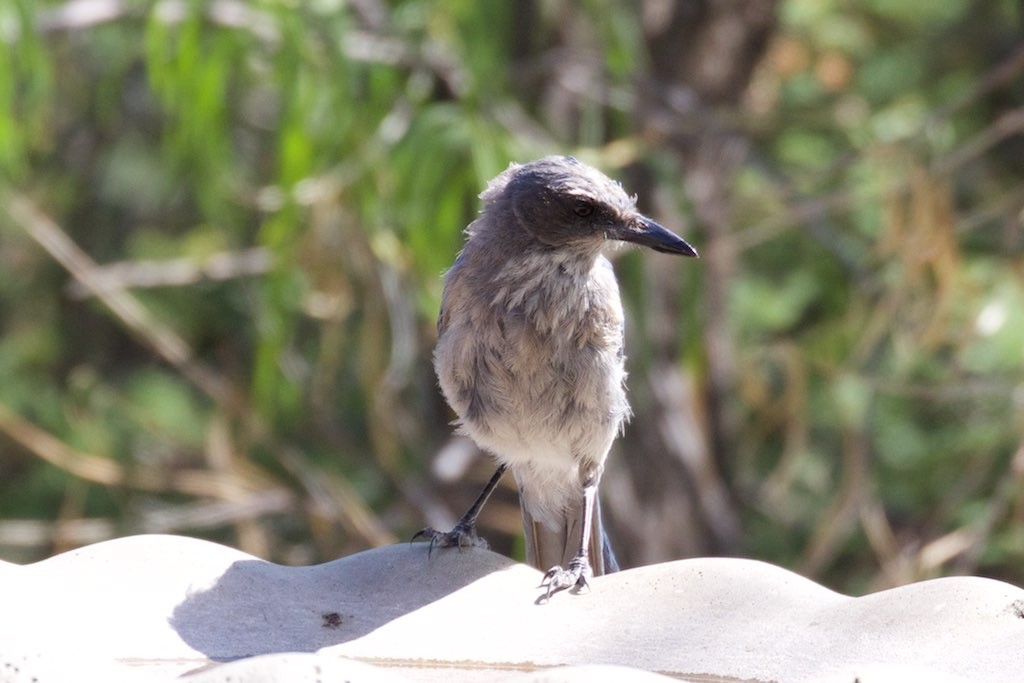Woodhouse's Scrub-jay
A species of Scrub Jays, Also known as Woodhouse's Jay Scientific name : Aphelocoma woodhouseii Genus : Scrub Jays
Woodhouse's Scrub-jay, A species of Scrub Jays
Also known as:
Woodhouse's Jay
Botanical name: Aphelocoma woodhouseii
Genus: Scrub Jays
Content
Description General Info
Description
Woodhouse's scrub jay is a medium-sized bird, approximately 27–31 cm (11–12 in) in length (including its tail), with a 39 cm (15 in) wingspan, and about 80 g (2.8 oz) in weight. Coastal Pacific birds tend to be brighter in coloration than those of the interior, but all are patterned in blue, white, and gray, though none as uniform in color as the related Mexican jay. In general, this species has a blue head, wings, and tail, a gray-brown back, and grayish underparts. The throat is whitish with a blue necklace. The call is described as "harsh and scratchy". 
Size
29 cm (11.5 in)
Colors
Gray
Blue
Life Expectancy
9 years
Nest Placement
Tree
Clutch Size
1 - 5 eggs
Number of Broods
17 - 19 days
Nestling Period
17 - 19 days
Feeding Habits
Woodhouse's Scrub-jay primarily consume insects, fruit, nuts, and seeds, varying with seasons. Opportunistically, small animals and bird nestlings are eaten. Specialized in foraging pine nuts, they also cache surplus food and steal from other species' stores, using memory for retrieval. They feed on parasites on mule deer and accept human-provided peanuts.
Habitat
Woodhouse's Scrub-jay predominantly resides in the interior western United States, thriving in pinyon-juniper woodlands, as well as in oak-pinyon and mountain mahogany forests. These birds favor environments at various elevations, including dry, temperate forest edges and high-elevation pine-spruce forests in Mexico. Woodhouse's Scrub-jay often inhabits arid climates with a preference for scrub-brush territories and can adapt to suburban settings, including parks and golf courses.
Nest Behavior
Both woodhouse's Scrub-jay sexes may pick the nest site, and together they take about 12 days to build it. Their joint efforts continue in nesting care, although details on egg-laying patterns are unspecified.
Nest Characteristics
Woodhouse's Scrub-jay's nests are basket-like structures situated 6-14 feet above ground in pinyon pines or small trees, concealed within foliage. They are constructed using twigs, rootlets, plant fibers, and livestock hair, and measure about 6 inches across.
Dite type
Omnivorous
General Info
Feeding Habits
Bird food type

Black Oil Sunflower Seeds

Hulled Sunflower Seeds
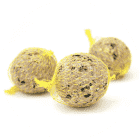
Suet
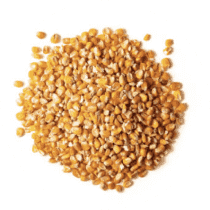
Cracked Corn
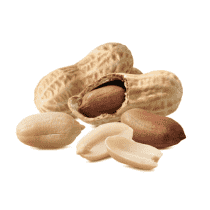
Peanuts
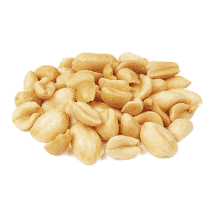
Peanut Hearts

Fruit
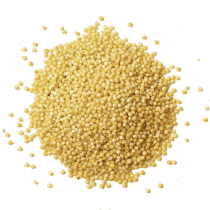
Millet

Milo

Mealworms
Bird Feeder Type
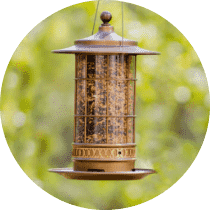
Large Tube Feeder
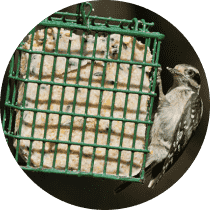
Suet Cage

Large Hopper

Platform

Ground
Sounds
Call
Recording location: Mexico
Behavior
Woodhouse's Scrub-jay exhibit lively movements, characterized by brisk hops and acute head rotations during foraging. These birds typically organize into vocal flocks in the colder months, displaying a playful demeanor. Territorial defense is paramount, with breeding pairs actively fending off intruders year-round through aerial chases, vocal warnings, and occasional physical altercations. Pair bonds are strong, with mate feeding observed, particularly in the breeding season. The female bears sole responsibility for incubation. A unique trait in the Oaxacan subspecies is cooperative breeding, where offspring contribute to the upbringing of subsequent broods. 'Floaters'—birds without territories—gather into groups outside the breeding period and may migrate from traditional habitats. Predation is a threat, with woodhouse's Scrub-jay nests vulnerable to a variety of predators, while adult and juvenile woodhouse's Scrub-jay must be vigilant against larger avian and mammalian hunters.
Scientific Classification
Phylum
Chordates Class
Birds Order
Perching birds Family
Crows and jays Genus
Scrub Jays Species
Woodhouse's Scrub-jay 